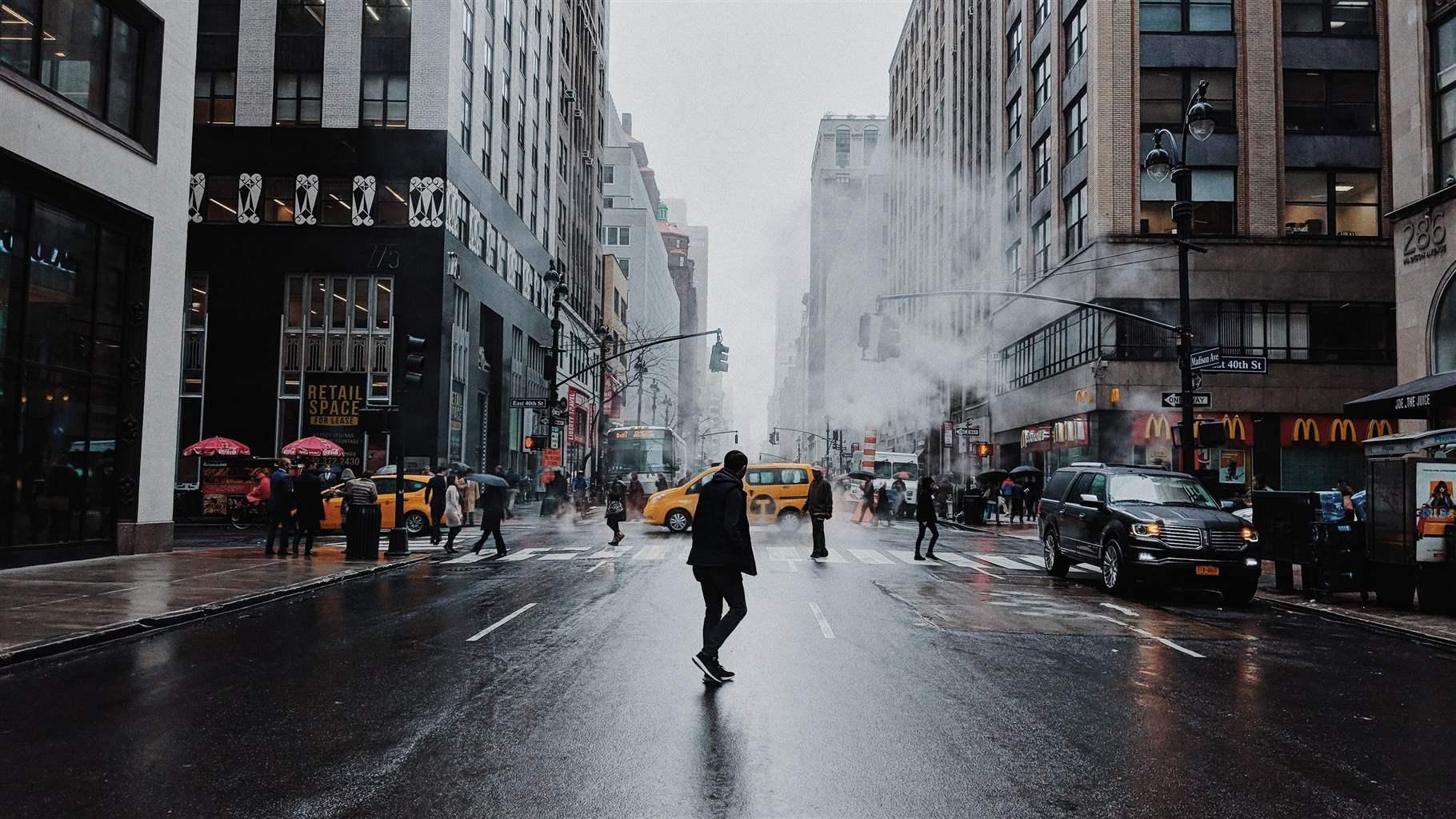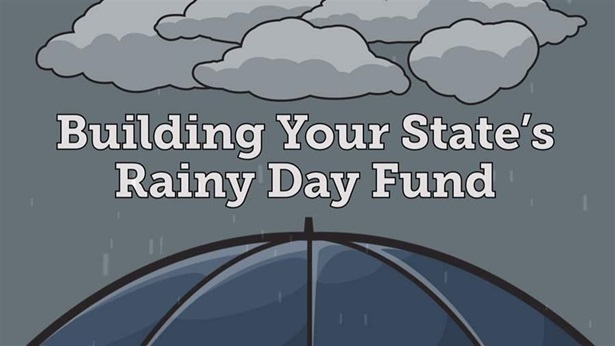New York City Takes First Step Toward a Rainy Day Fund
Best practices can guide policymakers as they design policy for reserves

New York City could face a $15 to $20 billion shortfall over three years if the next recession is comparable to the previous two, according to the Citizens Budget Commission (CBC), a nonpartisan fiscal watchdog in New York state. Existing reserves, the CBC says, could cover only about $1.25 billion.
To put the city in a better fiscal position, local voters in 2019 authorized the creation of a rainy day fund, but that was only the first step in creating a reserve account that the city can draw from during difficult economic times.
Next, state lawmakers must amend the state law that restricts the city from setting aside money in a separate account to be used in the event of a downturn. Finally, the city lawmakers must determine how to structure the fund. Research by The Pew Charitable Trusts on rainy day funds provides best practices to consider.
Longstanding efforts to strengthen city finances
In response to New York City’s financial crisis in 1975, state and city lawmakers acted to require that the city limit spending in a given year to the amount collected in revenue during the same year. This policy encourages sustainable budgeting during periods of economic growth, but it does not allow the city to follow a core principle of sound fiscal management: setting aside money for tougher times.
Andrew Rein, the CBC president, wrote in the New York Daily News last fall that “an unfortunate byproduct of these otherwise good rules is they prevent the city from using money saved up from prior years to pay for services during ‘rainy days.’”
Without such a fund, the city has had to balance its budgets during previous recessions by disrupting essential services, raising property and income taxes, and reducing contributions to retiree health care. Current rules allow the city to set aside contingency funds, but they must be spent in that year. The city government also can “prepay” costs for the following year. In total, these tools provide only up to $1.25 billion, a drop in the bucket of what would be needed during a recession.
In November 2019, voters approved Ballot Question 4, amending the city charter to permit the use of a rainy day fund, but state law still stands in the way. State Senator Brian Benjamin (D-Manhattan) has introduced Senate Bill S6804, which would keep the requirement to annually balance the budget, but allow the use of reserves during a recession.
Pew recommendations
If S.B. S6804 becomes law, city officials would need to make key choices about the fund’s structure and rules. Research by Pew on state rainy day funds can offer some lessons for city lawmakers. They should:
- Tie rainy day fund deposits to observed volatility. Rainy day funds are most effective when they help smooth swings in revenue. New York City can most effectively build its rainy day fund by requiring that extraordinary revenue during times of growth be transferred to the fund for use in times of fiscal stress.
- Set fund size targets that match the city’s experience with volatility. Under the proposed legislation, each jurisdiction must set a savings target based on its unique economic and tax structure. New York City should evaluate past revenue volatility to determine how much it would need to save to weather a potential downturn. The CBC estimates that 17.2 percent of pretax revenue would be sufficient, which would be in line with the Government Finance Officers Association recommendation that municipalities keep reserves equal to at least two months of spending—or 16.7 percent of expenditures.
- Establish withdrawal conditions based on volatility. Clear and measurable rules for withdrawals are essential for long-term fiscal stability. These conditions should be based on revenue and economic volatility, allowing New York City to withdraw at low points in the business cycle, but discouraging this when the economy and revenues are expanding.
Sound rainy day fund policy helps prevent unsustainable budget practices and lessens the need for programmatic cuts or tax increases. New York City has taken the first step to being better prepared for the next economic downturn. A change in state law and careful planning will put the city on sound fiscal footing ahead of future slowdowns.
Jeff Chapman is a director and Airlie Loiaconi is a senior associate with Pew’s state fiscal health project.









